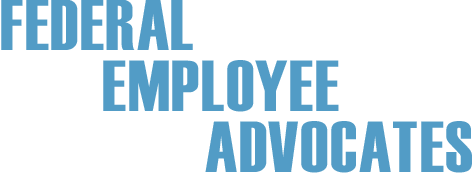Much has been written about Federal Employee’s retirement assets such as their TSP and pension. Indeed, these are important topics to discuss with your retirement planning advisor who should work closely with you to help you make informed and prudent decisions. Note, this should not be a one-time event. Planning for your “longevity vacation” begins well before your separation from service and for the duration of your retirement.
Why? Simply put neither you nor your financial needs remain static. The investment environment, including interest rates, inflation impact and external factors such as economic and political risks, both domestic and international, can wreak havoc on even the most carefully thought out plans. More than one retirement plan was obliterated in the recent financial crisis, forcing many to initiate drastic changes
However, another critical component in the retirement planning analysis is a thorough cash flow analysis. This may seem obvious but many seemingly enter retirement without undertaking this basic exercise. If your inflow is less than your outflow, then your current retirement plan will likely fail. This is not rocket science—this is basic math. Moreover, your current or projected retirement income should not just match your expenses it should exceed them by a wide margin. The reason is simple; unexpected expenses are just that—unannounced and definitely unwanted. During my 30 plus years of advising folks on their retirement, not one person ever said their bills came at a good time.
To begin your yellow pad analysis, draw a line down the middle. In the left column, write in all your consistent monthly income, no matter what the source. It should include paychecks, rent checks, part time employment or consulting income, alimony or other family support, and other State or Federal benefits payments. Unless you regularly sell things online or have a monthly booth at a flea market, ignore that income. If you are already retired, then your various income sources probably number just a few. Also ignore any anticipated future income such as an inheritance or starting a new business. When either actually materializes, it will then potentially benefit you with an additional cushion.
In the right column, estimate all your current expenses. No need to put in exact figures to the penny. This is a beginning rough analysis. If your rent or mortgage is $ 1471 or $ 1539, simply write $ 1500. Also add in any other house expenses. Utilities and cell phone, cable, etc are next, along with health care coverage and any recurring medical expenses. If you are unsure of all your expenses, review your checkbook or online bill service for the past 90 days. At some point, you should arrive at an approximate figure of what your monthly expenses total. Set it aside for short while and come back to it later. Perhaps in the interim, you will have thought of some other monthly expenses. Once you have an approximate total figure, add a minimum of 10% for rounding, unplanned expenses and other emergency expenses.
Total both columns. Hopefully the left column is larger, by a wide margin than the right hand column. If not, or if the figures are close, you and your retirement income advisor should plan another meeting. During that meeting, some difficult questions will have to be asked and answered and your retirement blueprint will need to be further refined to reflect your spending patterns. Remember, during retirement, there are no do-overs.
Reviewing your retirement investment accounts and options is important for any Federal employee. For those employees looking to get a better handle on their finances, or are closing in on retirement, the better first step, in my opinion, is to pursue a prudent retirement cash flow analysis. After all, it could mean the difference between golfing in retirement versus working at the golf course.
